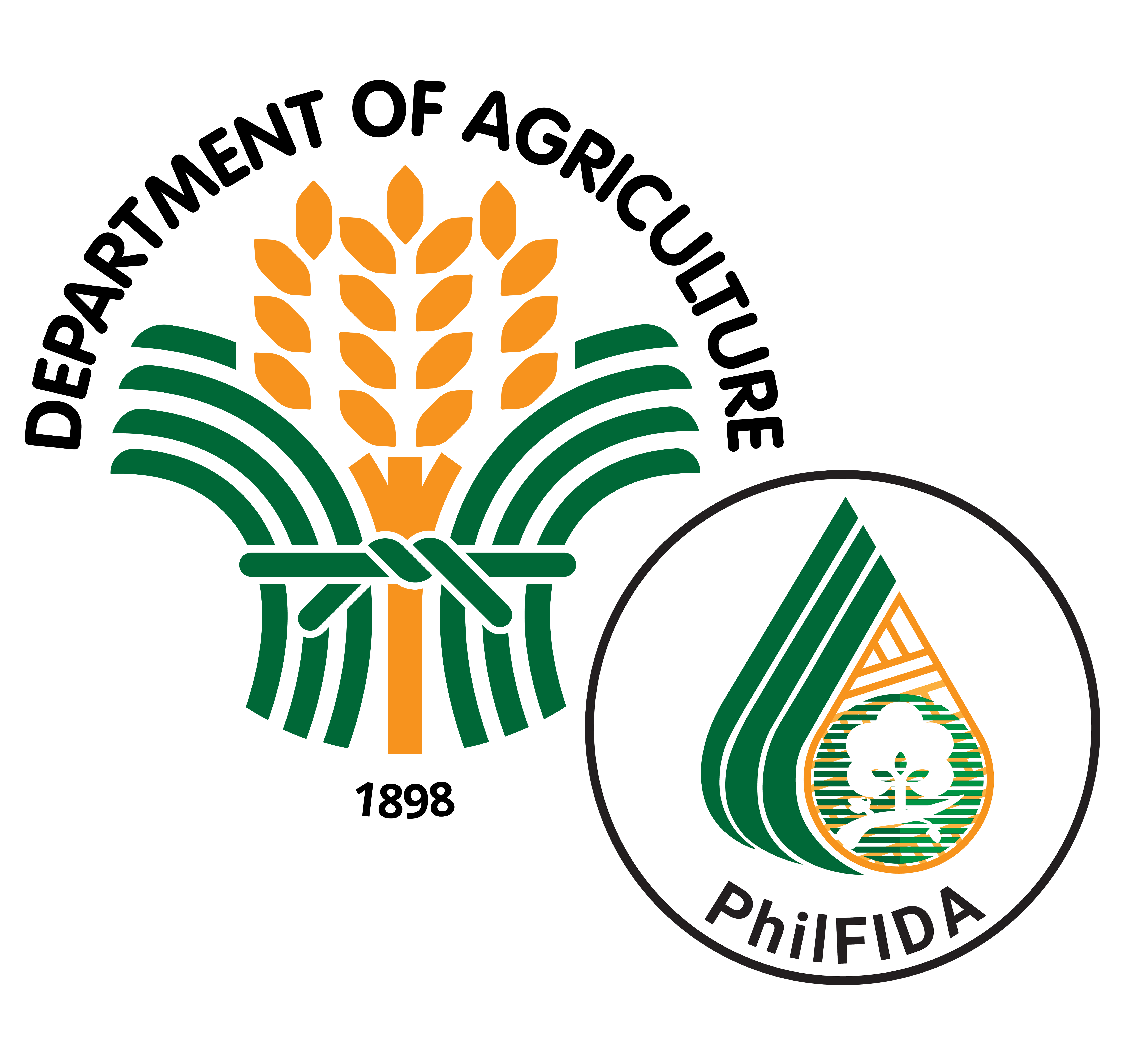The Philippine Fiber Industry Development Authority (PhilFIDA) conducted for the first time the National Fiber Industry Stakeholders Summit last 8-9 June 2016 at the Fernando H. Lopez Hall, Bureau of Soils and Water Management, Quezon City.
The national summit brought together key representatives from local government units, non-government organizations, private sector, academe and farmer cooperatives. Representatives from all sectors of the industry were able to share information about fiber production and utilization and exchange views on how to address the future challenges of the highly demanding and expanding market of natural fibers.
In his message, Engr. Petronilo Jabay emphasized that “everyone must harmonize all activities and prepare a common plan of work intended to push further the development of the Philippine fiber industry, sustainable enough to cater the world requirement for natural fibers.”
The PhilFIDA Deputy Executive Director stressed the need for strong collaboration among all stakeholders to face future challenges. He expressed confidence that through the concerted efforts of all fiber sectors, the Philippines will continue to dominate global abaca trade.
PhilFIDA OIC-Executive Director Clarito M. Barron delivered the message of Secretary Proceso J. Alcala during the event. It was highlighted in the message that the needed developmental interventions must focus on disease-resistant and high-yielding planting materials; sustainable disease management program; efficient fiber extraction machines; & the acquisition of sustainability certification for the production of superior quality fibers.
Representatives from the government and private sectors provided presentations on the fiber industry situation, abaca roadmap, financing program for fibercrops, opportunities/potentials/breakthroughs for the abaca industry, and the Philippine natural fibers in high value and high technology applications.
Inspirational stories were also shared by successful cooperatives engaged in the production of abaca, piña, silk and in weaving activities. The cooperatives who participated were United Maligang Farmers Multi-Purpose Cooperative (UMFMPC), Agrarian Reform Beneficiaries Multi-Purpose Cooperative (ARBEMCO), Labo Progressive Multi-Purpose Cooperative (LPMPC), Negros Silk Producers’ Association, and Handicraft of Aklan Multi-Purpose Cooperative (HAMPCO).
The participants were informed with new applications of natural fibers through the special presentations of Mr. Ryan Thomas Cloe, Managing Director of Nanoware, Inc. and Ms. Carmen Hijosa, Founder of Ananas Anam and Piñatex.
Mr. Cloe discussed that his company is focused on the manufacturing and distribution of nano materials (nanocellulose) which they produce by using Philippine local fibers. They obtain nanocellulose from abaca, coir and other fiber producing plants including sisal, ramie, pineapple and bagasse. The applications are vast for nano materials. They have the potential to impact many industries including automotive, aerospace, cosmetics, pharmaceutical, medical devices, military, electronics, food additives, chemicals, water and air filtration, packaging, oil and gas and energy production and storage.
Ms. Hijosa presented a newly-developed pineapple textile material called “Piñatex” that can serve as an alternative material to leather. This material is made from fibers extracted from pineapple leaves. It is very versatile and strong which can be used in making leather bags, shoes, coats and car interiors. Piñatex is now very much known worldwide and supplies textile to multinational companies like Samsung, Puma, Porsche, BMW, Mercedez Benz.
Issues, concerns and problems and their corresponding recommendations and interventions were identified during the summit workshop. Focus of discussion were given to Abaca, Pina, Cotton, Silk and other fibers (Sisal, Coir, Buri, Salago in relation to the value chain segment - production, processing and marketing of all fibercrops. The event ended with presentations of break-out session results wherein each group presented their plans and prospects for the fiber industry.

